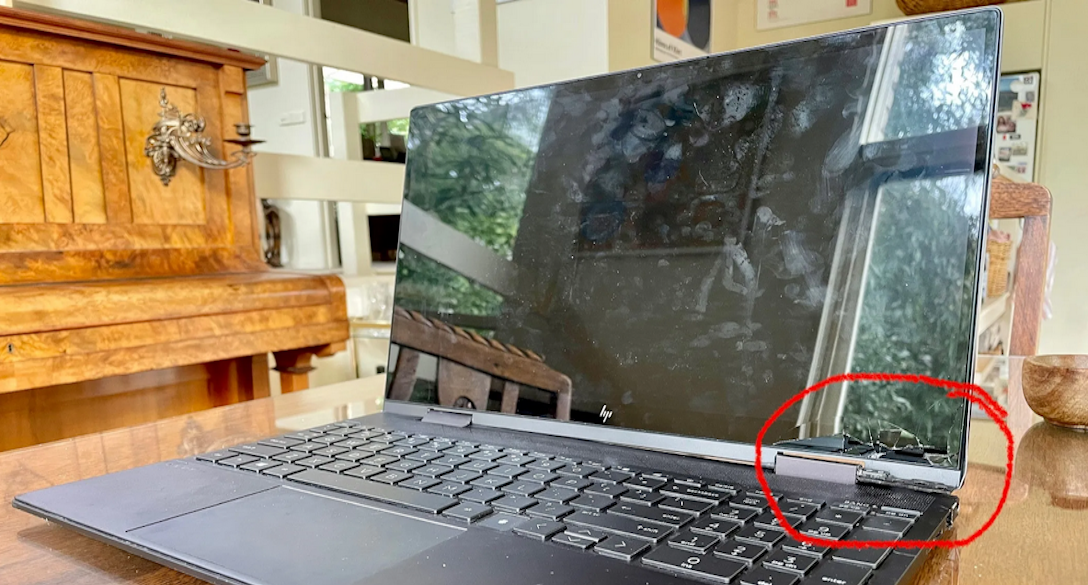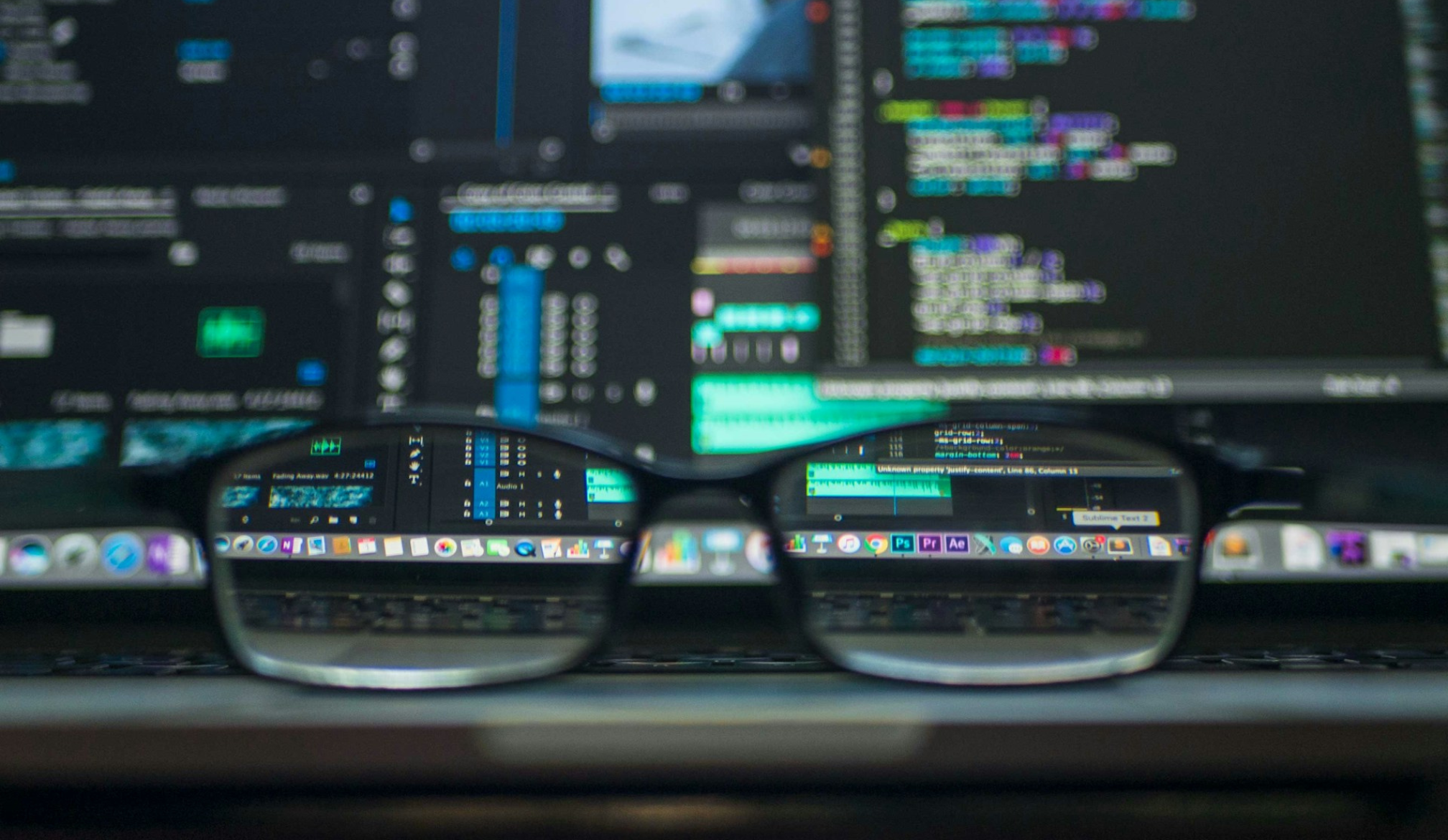Queensland police killings show the threat posed by conspiracy theories – how should police respond?
- Written by Nicholas Evans, Lecturer in Policing and Emergency Management, University of Tasmania
The killing of two police officers and a good samaritan, as well as the wounding of two other officers in Wieambilla, Queensland, has sent shockwaves through Australia.
While more details about possible motives will emerge over time, evidence already suggests that at least one of the alleged gunmen – Gareth Train – was a firm believer in a host of conspiracy theories[1].
This is important because the killings are the clearest example of what security[2], policing researchers[3], and law enforcement[4] have warned of – conspiracy beliefs can be motivators for actual or attempted violence against specific people, places, and organisations.
So what should police do, if anything, to counter conspiracy theories?
Not always just harmless speculation
The Wieambilla killings are the latest in a string of serious incidents involving conspiracy theorists.
Just one week before the killings, 25 people were arrested in Germany – many associated with the conspiracist Reichsbürger movement[5] – for plotting to overthrow the government.
Read more: What is the Reichsbürger movement accused of trying to overthrow the German government?[6]
In November, a New Zealander – Graham Philip – became the first person in the country’s history to be convicted of sabotage[7] after trying to bring down the North Island’s power-grid in protest against the government’s COVID-19 restrictions and vaccine mandate. Like Train, Philip also publicly expressed beliefs in several conspiracy theories[8].
In 2021, the Australian Federal Police uncovered a plot[9] by some conspiracy theorists in Australia to arrest members of the government by impersonating police officers[10].
These cases tell us that conspiracy theories aren’t always just harmless speculation. An important reason for this is because people who express belief in one conspiracy theory often endorse others, including completely unrelated or contradictory ones.
To explain this tendency, “conspiracist ideation[11]” or conspiracism[12] is used to describe a predisposition to conspiracy thinking and a worldview of interlinking, widespread conspiracies. Feelings of disempowerment[13] and a lack of trust in authorities[14] can lead to this mindset.
As I have argued elsewhere[15], this has a range of impacts on police operational environments. Conspiracism may lead believers to try to correct perceived wrongdoing through coercion and violence. Justification for the use of violence often stems from the frequent “othering” of certain groups by conspiracy theories through painting them as dangerous or using them as scapegoats[16].
Read more: Conspiracy theories are dangerous even if very few people believe them[17]
There’s also a well-established link between violent extremism and conspiracism due to extremists often incorporating conspiracy theories[18] into their broader worldview.
Emerging evidence also suggests conspiracy theories are a radicalisation risk and are being used as recruitment tools[19] by extremist groups as they often focus on emotive subjects such as child protection, freedom, and health.
What should police do about conspiracism?
But what, if anything, can and should police do about conspiracism?
An obvious starting place is monitoring. This could be done through “fixated persons units” – the specialist capability in some police jurisdictions that undertakes risk assessments of people with obsessions, grievances or ideologies that may lead to serious violence[20].
Read more: Friendlyjordies producer arrest: what is the NSW Police Fixated Persons Investigations Unit and when is it used?[21]
Conspiracism and certain individual conspiracies could also be incorporated into frameworks for countering violent extremism[22].
Yet monitoring may be counterproductive, as it could reinforce ideas of persecution and distrust. Indeed when Australian media began reporting on Train’s preoccupation with conspiracies, online conspiracy groups began to assert the killings were a hoax[23] designed to justify the persecution of conspiracy theorists.
There’s also evidence[24] that links certain mental health conditions to conspiracy theories[25]. Conditions like PTSD, paranoid schizophrenia, and bipolar disorder may also contribute to a willingness to act on conspiratorial beliefs. This is not to suggest these conditions are solely responsible, but that they are a common feature of some cases where individuals have acted on conspiratorial views. For example, one study found around 60% of QAnon conspiracy adherents who committed crimes before and after the January 6 Capitol insurrection had documented mental health conditions[26]. This is an important consideration for any future monitoring, as knowledge of this may worsen mental health conditions or motivate action.
Other strategies[27] include targeting suppliers of conspiracies before conspiracies spread (“pre-emptive strikes”) or afterwards to limit their damage (“counter-strikes”). However, these strategies are of limited use[28] for police, as they rely on either taking down platforms and removing/flagging conspiratorial content. These areas lie beyond policing’s role.
Preventative or responsive strategies targeting conspiracy consumers are more promising for police, able to be employed by general duties officers in their interactions with the public.
For example, people who feel more powerless tend to be more likely to believe in conspiracy theories[29]. By relying on the principles of procedural justice[30] – such as allowing people to have a voice during encounters – police may be able to enhance people’s feelings of control.
Low trust environments also breed conspiracies. A continued focus on police trust-building initiatives may therefore also help immunise against conspiracies.
Finally, general duties officers may be able to engage in “alleviating” strategies when interacting with conspiracists. This could include “rationality based debunking[31]” which emphasises focusing on the internal logic of a conspiracy theory or on key facts integral to the theory.
The Wieambilla killings will likely lead to increased police focus on the threat posed by conspiracy theories. In doing so, police should consider including conspiracism into existing frameworks for countering violent extremism, while being mindful of the risk monitoring poses to the entrenchment of views. Focusing on procedural justice and trust-building will also be vital.
References
- ^ in a host of conspiracy theories (www.theguardian.com)
- ^ security (nsc.crawford.anu.edu.au)
- ^ policing researchers (policinginsight.com)
- ^ law enforcement (www.justsecurity.org)
- ^ associated with the conspiracist Reichsbürger movement (theconversation.com)
- ^ What is the Reichsbürger movement accused of trying to overthrow the German government? (theconversation.com)
- ^ first person in the country’s history to be convicted of sabotage (www.stuff.co.nz)
- ^ beliefs in several conspiracy theories (www.stuff.co.nz)
- ^ uncovered a plot (www.abc.net.au)
- ^ impersonating police officers (www.afp.gov.au)
- ^ conspiracist ideation (www.sciencedirect.com)
- ^ conspiracism (pubmed.ncbi.nlm.nih.gov)
- ^ of disempowerment (www.ncbi.nlm.nih.gov)
- ^ lack of trust in authorities (link.springer.com)
- ^ As I have argued elsewhere (policinginsight.com)
- ^ painting them as dangerous or using them as scapegoats (americanctri.org)
- ^ Conspiracy theories are dangerous even if very few people believe them (theconversation.com)
- ^ extremists often incorporating conspiracy theories (psycnet.apa.org)
- ^ used as recruitment tools (americanctri.org)
- ^ that may lead to serious violence (theconversation.com)
- ^ Friendlyjordies producer arrest: what is the NSW Police Fixated Persons Investigations Unit and when is it used? (theconversation.com)
- ^ frameworks for countering violent extremism (www.jstor.org)
- ^ began to assert the killings were a hoax (www.news.com.au)
- ^ evidence (www.sciencedirect.com)
- ^ certain mental health conditions to conspiracy theories (publichealth.jmir.org)
- ^ had documented mental health conditions (www.start.umd.edu)
- ^ Other strategies (www.taylorfrancis.com)
- ^ these strategies are of limited use (policinginsight.com)
- ^ more likely to believe in conspiracy theories (www.ncbi.nlm.nih.gov)
- ^ principles of procedural justice (www.tandfonline.com)
- ^ rationality based debunking (www.ncbi.nlm.nih.gov)













